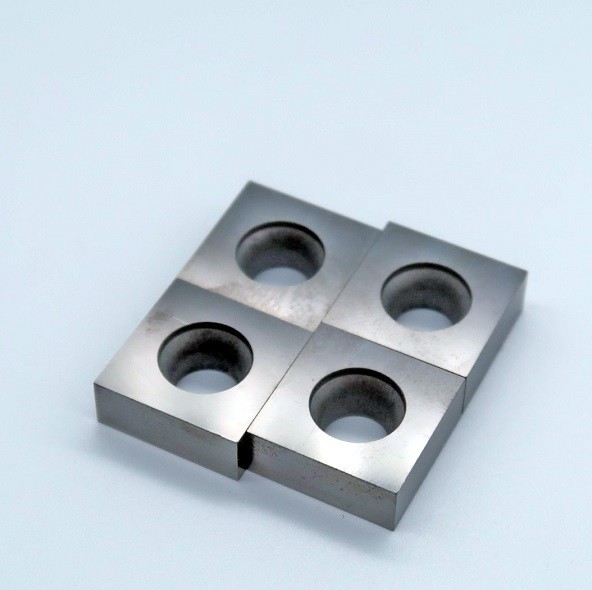High Strength External Turning Tools For Hard Material'S Cutter
Specifications:
| Product Name | Tungsten alloy grinding inserts |
| Model | SNEW120400 |
| Brand | CTSTC |
| Size | 12.7(D)*4.76(S) |
| Body Materials | Carbon tungsten alloy |
| Usage | External Turning Tool |
| Application: | Cutting |
| Grade | PCD |
| Shape | Square |

Quick Details
Advantage
1.100% tungsten carbide raw material
2. Good wear and abrasive resistance
3. Precision ground and polished for aluminum using milling inserts
4. Better cost-effective CNC tools
5. R&D and production ability to keep up with market trends
6. Technical support ability to solve processing solutions for
customers in all aspects
7.Adequate stock to ensure fast delivery



Description:
Tungsten steel is formed by pressing the powder into a billet,
heating it to a certain temperature (sintering temperature) in a
sintering furnace, and maintaining it for a certain period of time
(heating time), and then cooling it down to obtain a tungsten steel
material having desired properties.
The four basic stages of the tungsten steel sintering process:
Removal of the forming agent and the pre-firing stage, in which the
sintered body undergoes the following changes
The removal of the molding agent, as the temperature increases, the
molding agent gradually decomposes or vaporizes at the initial
stage of sintering, thereby eliminating the sintered body. At the
same time, the molding agent more or less carbon is added to the
sintered body, and the carbon addition amount will follow the
molding agent. The type, quantity, and sintering process vary.
The surface oxide of the powder is reduced. At the sintering
temperature, hydrogen can reduce the oxides of cobalt and tungsten.
If the molding agent is removed by vacuum and sintered, the
carbon-oxygen reaction is not strong. The contact stress between
the powder particles is gradually eliminated, the bonded metal
powder begins to recover and recrystallize, surface diffusion
begins to occur, and the strength of the compact is improved.


Application:
High-hardness steel parts (hardness above HRC45)
Such as high-manganese steel, high-speed steel, hardened steel,
high-frequency hardened steel, tool steel, bearing steel, etc.
Typical parts include rolling mortar wall, high-speed steel roll,
hardened gear/gear shaft, bearing, ball screw, mold, etc.
Ordinary gray cast iron (HT150/200/250/300, etc.), high hardness
cast iron
Such as engine block/cylinder head, brake disc, brake drum, pulley,
clutch pressure plate, etc. are all gray cast iron parts. Use CBN
material series cutters. High processing speed, effective cost
saving, such as high chromium cast iron, alloy cast iron, nickel
hard cast iron, white cast iron are all high hardness cast iron,
typical parts include rolls, industrial pumps, etc. Advantages of
CY1 and HJ3 series materials commonly used for high hardness cast
iron. It can pull out rough castings with sand and pores.

















